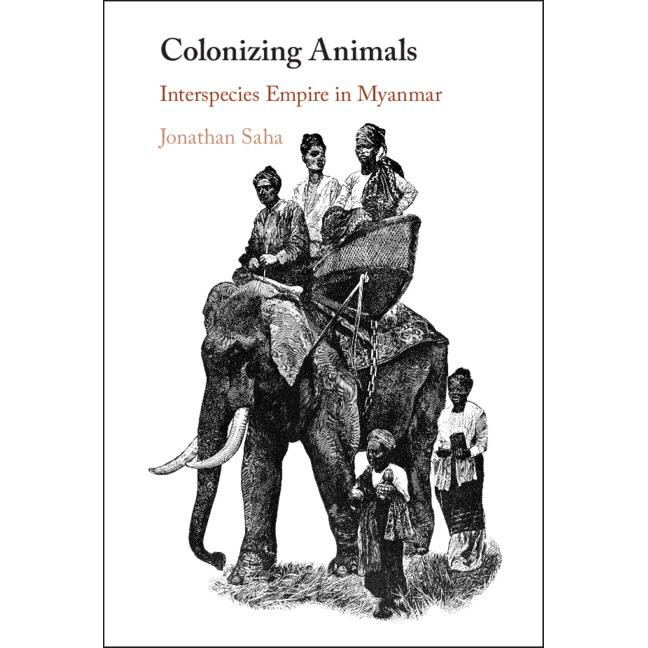"On 6 June 1917, Maung Sin lost his elephant. creature slipped their restraints and disappeared into jungle. loss would have been hard felt. Even for large British-owned timber firms, loss of an elephant was a notable cost. At this time, a healthy elephant was worth several thousand rupees, their precise value being dependent on size, gender, and character. This was a considerable outlay of capital, particularly for a small operation like that ran by Maung Sin. elephant had been in his possession for two years when they made their escape. Their freedom, however, did not last long. A year later, almost to day, elephant was captured in a kheddah (a stockade into which elephants were corralled) owned by Maung Yaung Shwe"– Animals were vital to British colonization of Myanmar. In this pathbreaking history of British imperialism in Myanmar from early nineteenth to 1942, Saha argues that animals were impacted and transformed by colonial subjugation. By examining writings of Burmese nationalists and experiences of subaltern groups, he also shows how animals were mobilized by Burmese anticolonial activists in opposition to rule. In demonstrating how animals – such as elephants, crocodiles, and rats – were important actors never fully under control of humans, Saha uncovers a history of how British colonialism transformed ecologies and fostered new relationships with animals in Myanmar. Colonizing Animals introduces reader to an innovative historical methodology for exploring interspecies relationships in past, using innovative concepts for studying interspecies empires that draw on postcolonial theory and critical animal studies.
Colonizing Animals (Hardcover)
